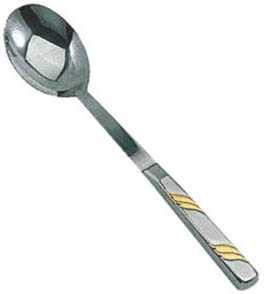"It occoured to Libet, as it had to penfield, that having that reare access to the living brin opend the door to some tantalizing experimental possibilities. So, in his first set of experiments, Libet explored the timing of touch. Some paitents had an electrode planted in the samotosensory cortex, a strip of brain running across the tip from one side to the other. It is one of the more important destination for touch sensations travelling from the body to the brain. It maps those sensations (which otherwise are volleys of nerve impulses indistinguishable from any other) to their place of origin. The impulses reporting that you've stubbed your toe are only recognized as such because they arive at the toe region of the somatosensory cortex. This area is laid out in topographic fashion, with body parts arranged in a line from one end to the other. (Because body parts are laid out in order in the somatosensory cortex, an image of one's body can be recreated from them. Buth their size is proportional to their touch sensitivity, and the image that results is a disturbinly distorted version of the real body, a creature that shgould rightfully be haunting some dark fairy tale. It is called Homonculus) It then makes sense that an electrode firing a tiny pulse into any particular place on this map should create the feeling that the corresponding body part was being touched.
Once Libet showed that this was indeed the case, he had the potential for an experiment: Comparing the patients awareness of an actual touch on the hand with the stimulation of the related area of the brain. Touch a hand first, then compare that to a touch on the part of the brian that signals a touch on the hand. In both cases there was a significant delay before the patient became away of the sensation. The current passing through the brain electrode could be adjusted so that the time necessary to reach so called "neuronal adequacy" was approximately the same for both the brain and the hand. A typical delay was 500 milliseconds, or half a second. That is, you become aware of a touch on the hand about half a second after the actual touch; you awareness of an apparent touch also follows half a second after your somatosensory cortex is stimulated. (This doesn't include the actual time of travel from the hand to the brain, which is a short enough interval 10 or 15 milliseconds - to be negligible in these experiments.) "
-Jay Ingram "The theatre of the mind" pg 115-116
"So the sequence of events from the patients point of view was make the decision, check out the timer, and move the finger or wrist. Pretty simple. Now, if you had to guess what was reveiled by the recording electrodes, id bet you'd guess that at some point before the actuall movement, there would be some electrical activity that signalled the person's intention to make the movement (after all, the decision to move is made inside the brain somehwere). then maybe some more activity as the brain creates the signal to activate the muscles, then, after actual movement, it should fade away.
But that isn't what happened. There was indeed a busrst of activity in the brain that appeared to represent the decision to move. The problem was, it came before the patient reported making that decision. So in a typical case, electrical activity started in the brain, and about three tenths of a seconds later the patient reported making the decision to move, and about two tents of a second after that, the patient moved a finger.
Is it any wonder such results startled and confused the experts. sending many of them into denial? This experiment was saying that when you make up your mind to do something, it's too late: your mind has already been made up. The activity necessary to move your finger has already started -at an unconscious level - by the time you say to yourself "I'm going to move my finger now"
-Jay Ingram "The theatre of the mind" pg 120




































